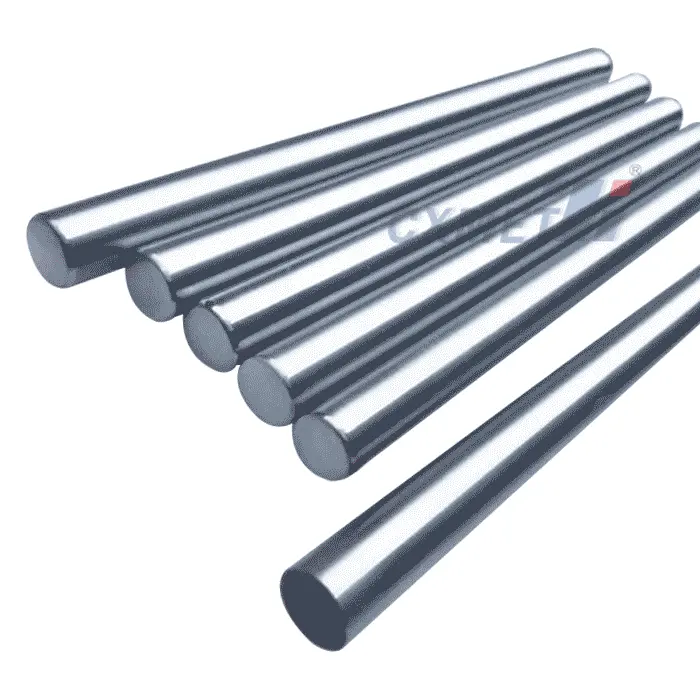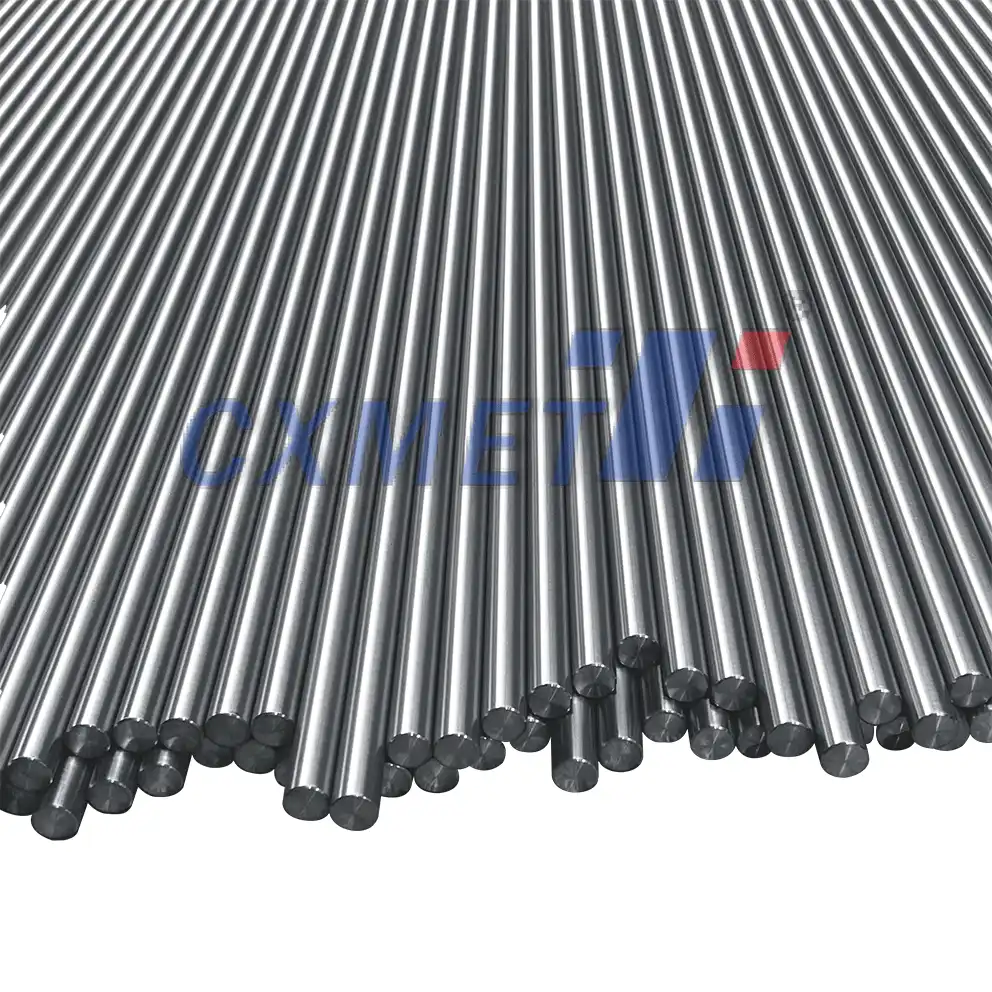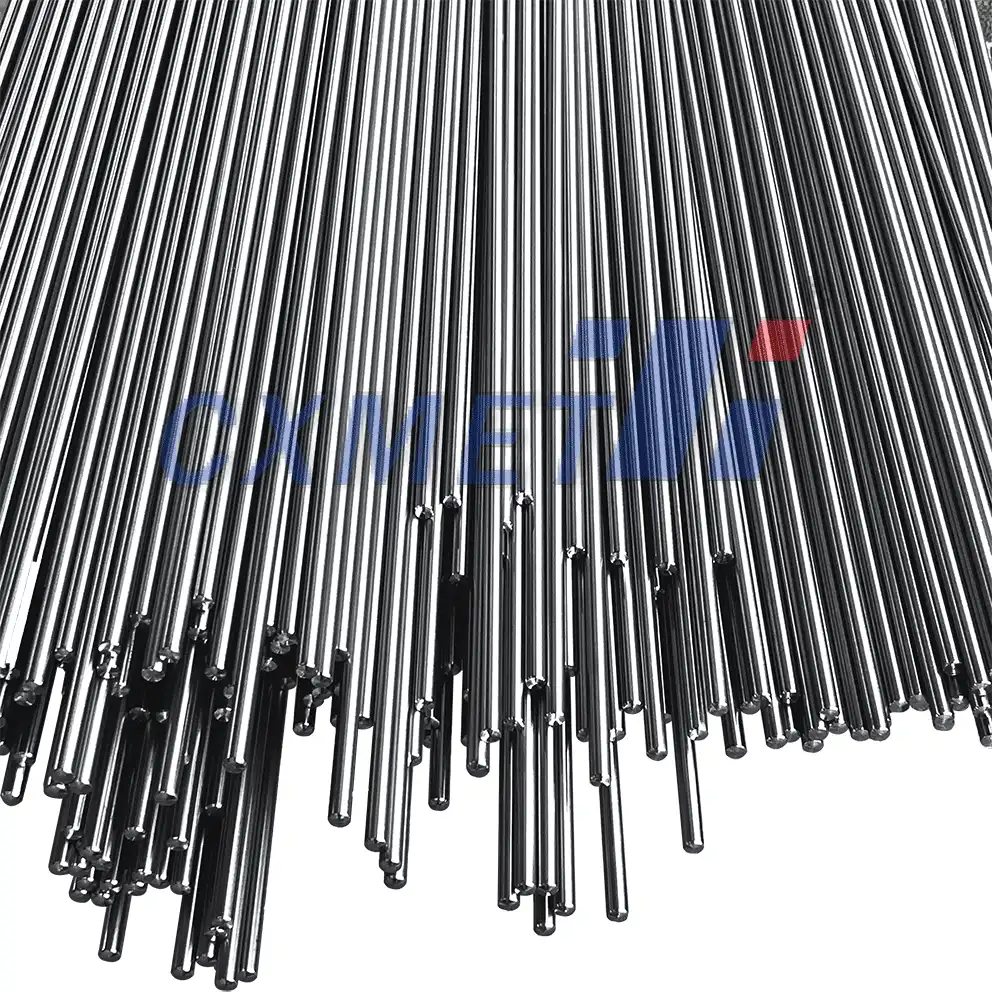- English
- French
- German
- Portuguese
- Spanish
- Russian
- Japanese
- Korean
- Arabic
- Greek
- German
- Turkish
- Italian
- Danish
- Romanian
- Indonesian
- Czech
- Afrikaans
- Swedish
- Polish
- Basque
- Catalan
- Esperanto
- Hindi
- Lao
- Albanian
- Amharic
- Armenian
- Azerbaijani
- Belarusian
- Bengali
- Bosnian
- Bulgarian
- Cebuano
- Chichewa
- Corsican
- Croatian
- Dutch
- Estonian
- Filipino
- Finnish
- Frisian
- Galician
- Georgian
- Gujarati
- Haitian
- Hausa
- Hawaiian
- Hebrew
- Hmong
- Hungarian
- Icelandic
- Igbo
- Javanese
- Kannada
- Kazakh
- Khmer
- Kurdish
- Kyrgyz
- Latin
- Latvian
- Lithuanian
- Luxembou..
- Macedonian
- Malagasy
- Malay
- Malayalam
- Maltese
- Maori
- Marathi
- Mongolian
- Burmese
- Nepali
- Norwegian
- Pashto
- Persian
- Punjabi
- Serbian
- Sesotho
- Sinhala
- Slovak
- Slovenian
- Somali
- Samoan
- Scots Gaelic
- Shona
- Sindhi
- Sundanese
- Swahili
- Tajik
- Tamil
- Telugu
- Thai
- Ukrainian
- Urdu
- Uzbek
- Vietnamese
- Welsh
- Xhosa
- Yiddish
- Yoruba
- Zulu
What Industries Use Gr5 Titanium Bar?
2025-02-08 08:43:36
Gr5 Titanium Bar, also known as Ti-6Al-4V or Ti 6-4, is a widely used titanium alloy renowned for its exceptional strength-to-weight ratio, corrosion resistance, and biocompatibility. This versatile material finds applications across various industries due to its unique combination of properties. In this blog post, we'll explore the diverse range of industries that utilize Gr5 Titanium Bar and delve into its specific applications within each sector.

How is Gr5 Titanium Bar used in the aerospace industry?
The aerospace industry is one of the primary consumers of Gr5 Titanium Bar, leveraging its exceptional properties to enhance aircraft performance and efficiency. The material's high strength-to-weight ratio makes it an ideal choice for critical components in both commercial and military aircraft.
In commercial aviation, Gr5 Titanium Bar is extensively used in the manufacturing of structural components such as landing gear assemblies, wing spars, and engine pylons. These parts require materials that can withstand high stress and fatigue while minimizing overall weight. The use of titanium alloys, including Gr5, has contributed significantly to the reduction of aircraft weight, leading to improved fuel efficiency and increased payload capacity.
For military aircraft, Gr5 Titanium Bar plays an even more crucial role. It is used in the construction of airframes, particularly in high-performance fighter jets where strength and weight reduction are paramount. The material's ability to maintain its properties at elevated temperatures makes it suitable for use in engine components, including compressor blades and discs.
In the space exploration sector, Gr5 Titanium Bar finds applications in satellite structures, propulsion systems, and spacecraft components. Its resistance to corrosion and ability to withstand extreme temperature fluctuations in the space environment make it an excellent choice for these applications.
The use of Gr5 Titanium Bar in the aerospace industry extends beyond aircraft and spacecraft. It is also utilized in the manufacturing of missiles, rockets, and unmanned aerial vehicles (UAVs). In these applications, the material's high strength and low density contribute to improved performance and increased range.
Furthermore, Gr5 Titanium Bar is employed in the production of fasteners, bolts, and other connecting elements used in aircraft assembly. These components benefit from the material's corrosion resistance and compatibility with composite materials, which are increasingly used in modern aircraft construction.
What are the applications of Gr5 Titanium Bar in the medical industry?
The medical industry is another significant consumer of Gr5 Titanium Bar, primarily due to its biocompatibility and corrosion resistance. These properties make it an excellent choice for various medical devices and implants that come into direct contact with human tissue and bodily fluids.
One of the most common applications of Gr5 Titanium Bar in the medical field is in orthopedic implants. It is used to manufacture hip and knee replacements, bone plates, screws, and other fixation devices. The material's high strength-to-weight ratio allows for the creation of implants that are strong enough to withstand the stresses of daily activities while being lightweight enough to minimize discomfort for patients.
Dental implants are another area where Gr5 Titanium Bar is extensively used. The material's biocompatibility and ability to osseointegrate (fuse with bone tissue) make it an ideal choice for dental posts and abutments. These implants provide a stable foundation for prosthetic teeth, offering patients a long-lasting and natural-feeling solution for tooth replacement.
In the field of cardiovascular medicine, Gr5 Titanium Bar is used to manufacture components for artificial heart valves, pacemaker casings, and stents. The material's corrosion resistance and non-magnetic properties make it suitable for use in medical devices that must function reliably within the human body for extended periods.
Gr5 Titanium Bar also finds applications in the production of surgical instruments. Its high strength and excellent corrosion resistance make it ideal for creating durable, precision instruments that can withstand repeated sterilization processes. Additionally, the material's low thermal conductivity helps prevent heat transfer to surrounding tissues during surgical procedures.
In the realm of prosthetics, Gr5 Titanium Bar is used to create lightweight and strong components for artificial limbs. The material's properties allow for the design of prosthetics that closely mimic the functionality of natural limbs while remaining comfortable for the user.
The use of Gr5 Titanium Bar in the medical industry extends to spinal implants, cranial plates, and maxillofacial reconstructions. Its ability to be shaped into complex geometries through advanced manufacturing techniques, such as 3D printing, has opened up new possibilities for personalized medical devices tailored to individual patient needs.

How is Gr5 Titanium Bar utilized in the automotive sector?
While not as extensive as its use in aerospace or medical applications, Gr5 Titanium Bar has found its way into the automotive industry, particularly in high-performance and luxury vehicles. The material's unique properties offer several advantages in automotive applications, contributing to improved performance, fuel efficiency, and overall vehicle design.
One of the primary uses of Gr5 Titanium Bar in the automotive sector is in the manufacturing of engine components. The material's high strength-to-weight ratio and excellent heat resistance make it suitable for creating lightweight, durable parts that can withstand the high temperatures and stresses encountered in modern engines. Specific applications include connecting rods, valves, and valve springs. By replacing heavier steel components with titanium alternatives, manufacturers can reduce engine weight, leading to improved power-to-weight ratios and increased fuel efficiency.
In the realm of high-performance and racing vehicles, Gr5 Titanium Bar is used more extensively. It is employed in the production of exhaust systems, where its corrosion resistance and ability to withstand high temperatures are particularly beneficial. Titanium exhaust systems not only offer weight savings but also provide improved durability and a distinctive sound that is prized by automotive enthusiasts.
Suspension components are another area where Gr5 Titanium Bar finds application in the automotive industry. Titanium springs, for example, offer a significant weight reduction compared to traditional steel springs while maintaining the necessary strength and durability. This weight savings in the unsprung mass of the vehicle can lead to improved handling and ride quality.
In the pursuit of weight reduction, some high-end vehicle manufacturers have begun using Gr5 Titanium Bar for structural components. This includes parts of the vehicle's frame, roll cages in racing cars, and even body panels in some ultra-lightweight sports cars. While the cost of titanium often limits its use to premium vehicles, the material's strength and corrosion resistance make it an attractive option for manufacturers looking to push the boundaries of automotive engineering.
The use of Gr5 Titanium Bar extends to the fasteners and bolts used in automotive assembly. These components benefit from the material's high strength and corrosion resistance, particularly in areas of the vehicle exposed to harsh environmental conditions or high stress.
In recent years, as the automotive industry has shifted towards electric and hybrid vehicles, Gr5 Titanium Bar has found new applications. It is used in the construction of battery enclosures and other components where lightweight, strong, and corrosion-resistant materials are required. The material's non-magnetic properties also make it suitable for use in electric motor components.
While the use of Gr5 Titanium Bar in mass-produced vehicles remains limited due to cost considerations, ongoing research and development in manufacturing processes may lead to more widespread adoption in the future. As the automotive industry continues to focus on lightweighting and improving vehicle efficiency, the unique properties of titanium alloys like Gr5 may become increasingly valuable.
Conclusion
Gr5 Titanium Bar has proven to be an invaluable material across various industries, particularly in aerospace, medical, and automotive applications. Its unique combination of high strength, low density, corrosion resistance, and biocompatibility makes it an ideal choice for demanding applications where performance and reliability are crucial. As manufacturing technologies advance and new applications emerge, the use of Gr5 Titanium Bar is likely to expand further, continuing to drive innovation and improvement in these industries and beyond.
At SHAANXI CXMET TECHNOLOGY CO., LTD, we take pride in our extensive product range, which caters to diverse customer needs. Our company is equipped with outstanding production and processing capabilities, ensuring the high quality and precision of our products. We are committed to innovation and continuously strive to develop new products, keeping us at the forefront of our industry. With leading technological development capabilities, we are able to adapt and evolve in a rapidly changing market. Furthermore, we offer customized solutions to meet the specific requirements of our clients. If you are interested in our products or wish to learn more about the intricate details of our offerings, please do not hesitate to contact us at sales@cxmet.com. Our team is always ready to assist you.

References
- ASM International. (2015). Titanium and Titanium Alloys: Fundamentals and Applications.
- Leyens, C., & Peters, M. (Eds.). (2003). Titanium and Titanium Alloys: Fundamentals and Applications. John Wiley & Sons.
- Boyer, R., Welsch, G., & Collings, E. W. (Eds.). (1994). Materials Properties Handbook: Titanium Alloys. ASM International.
- Peters, M., Kumpfert, J., Ward, C. H., & Leyens, C. (2003). Titanium alloys for aerospace applications. Advanced Engineering Materials, 5(6), 419-427.
- Niinomi, M. (2008). Mechanical biocompatibilities of titanium alloys for biomedical applications. Journal of the Mechanical Behavior of Biomedical Materials, 1(1), 30-42.
- Faller, K., & Froes, F. H. (2001). The use of titanium in family automobiles: Current trends. JOM, 53(4), 27-28.
- Rack, H. J., & Qazi, J. I. (2006). Titanium alloys for biomedical applications. Materials Science and Engineering: C, 26(8), 1269-1277.
- Williams, J. C., & Starke Jr, E. A. (2003). Progress in structural materials for aerospace systems. Acta Materialia, 51(19), 5775-5799.
- Schutz, R. W., & Watkins, H. B. (1998). Recent developments in titanium alloy application in the energy industry. Materials Science and Engineering: A, 243(1-2), 305-315.
- Lutjering, G., & Williams, J. C. (2007). Titanium (Engineering Materials and Processes). Springer Science & Business Media.
YOU MAY LIKE